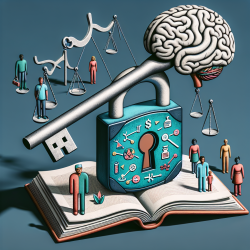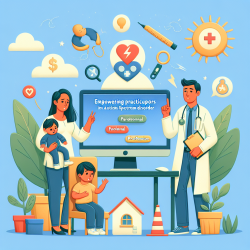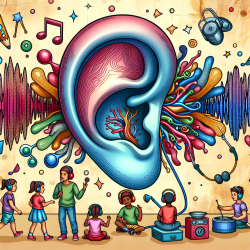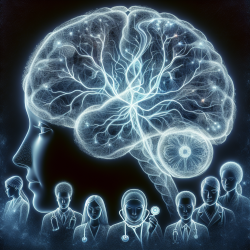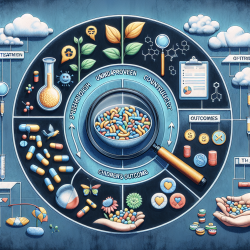Understanding Mental Illness: Bridging the Gap Between Education and Reality
As practitioners in the field of speech-language pathology and allied health services, it is crucial to remain informed about the latest research and educational practices. A recent study titled "What Influences Mental Illness? Discrepancies Between Medical Education and Conception" reveals significant gaps between what is taught in medical education and the real-world understanding of mental illness. This blog aims to highlight these discrepancies and suggest ways practitioners can enhance their skills by integrating these insights into their practice.
Key Findings from the Study
The study surveyed 74 medical students and 11 psychiatry residents to explore their perceptions of mental illness determinants compared to their formal education. The results indicated several discrepancies:
- Neurotransmitter Imbalance: While traditionally emphasized in medical education, students were less likely to perceive neurotransmitter imbalances as the primary cause of mental illness.
- Systemic Racism and Socioeconomic Status: These factors were recognized by students and residents as significant contributors to mental illness, yet they received minimal emphasis in formal education.
- DSM-5 Diagnoses: There was a belief that DSM-5 categorizations could sometimes be arbitrary and potentially detrimental, a notion not thoroughly covered in educational settings.
Implications for Practitioners
The findings suggest a need for a more holistic approach to understanding mental illness, one that incorporates biopsychosocial models rather than focusing solely on biological explanations. Practitioners should consider the following strategies to improve outcomes:
- Integrate Holistic Models: Embrace the biopsychosocial model by considering environmental, societal, and systemic factors in assessments and interventions.
- Advocate for Curriculum Changes: Encourage educational institutions to include discussions on systemic racism, socioeconomic status, and the complexities of DSM-5 diagnoses.
- Continual Learning: Stay informed about the latest research and methodologies that explore beyond traditional medical education frameworks.
Encouraging Further Research
This study highlights the importance of continually reassessing educational content to ensure it aligns with current understanding and research. Practitioners are encouraged to engage in further research and dialogue to bridge the gap between education and practice.
To read the original research paper, please follow this link: What Influences Mental Illness? Discrepancies Between Medical Education and Conception.
